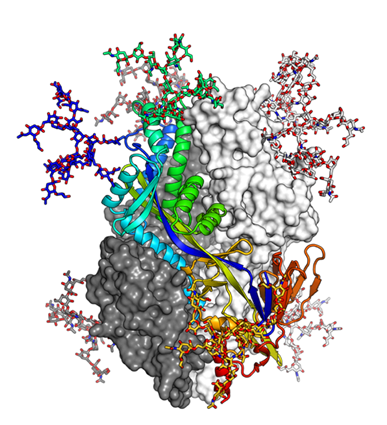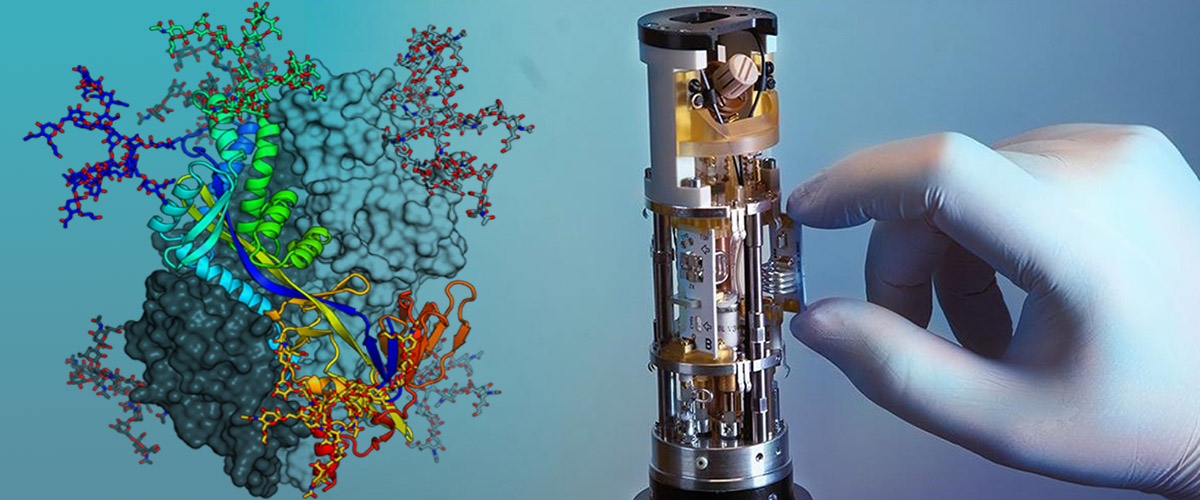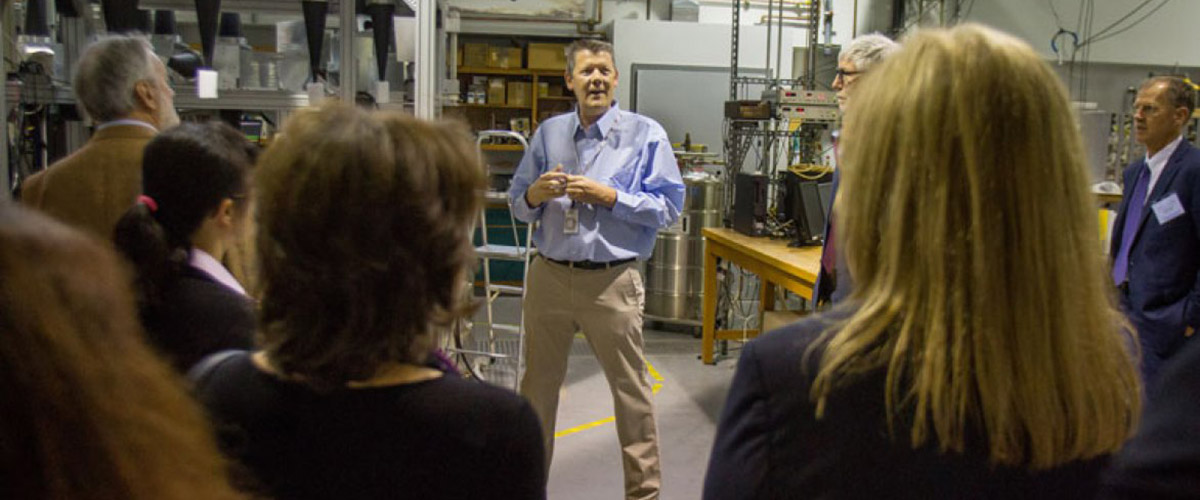Contacts: Rob Schurko
TALLAHASSEE, Fla. — A group at the National MagLab will receive $5.3 million over the next five years to develop new techniques enabling study of the intricate biology of the human body.
The National Institutes of Health funding will advance technology surrounding the MagLab’s powerful Nuclear Magnetic Resonance equipment at both its Florida State University and University of Florida-based facilities.

Nuclear Magnetic Resonance Probe
The technology improvements will build on the unique high magnetic fields at the NSF-supported laboratory to enable research into key biochemical and biological processes at the molecular level. Clearer pictures of biomolecules can advance our understanding of health, various diseases, and related complications and cures, including fatty liver disease, fungal infections, and drug resistant bacteria.
"We're thrilled to have this funding," said Rob Schurko, NMR/MRI Program Director at the MagLab, FSU Professor of Chemistry, and principal investigator for the National Resource for Advanced NMR Technology grant.
"NMR offers the potential to observe the most subtle changes and differences in molecular structure – but the NMR signals are terribly weak. So, a major focus of this grant will be about developing the technology required to boost NMR signals and applying it to really complicated problems and systems in biochemistry and biomedicine," Schurko said.

Illustration of a complex biomolecule.
The NIH funding will advance three areas of technology development at the MagLab:
The first focus is use of superconducting detectors to give NMR enough sensitivity to analyze extracts from biological fluids such as blood and urine. This is NMR researcher Bill Brey’s area of expertise. Brey is a co-principal investigator on the grant and Research Faculty at MagLab/FSU.
"This NIH grant gives our technology group the additional resources we need to use new technology to help solve problems in basic biological sciences that are key to improving healthcare," Brey said.
The second focus will be enhancing a process called Dynamic Nuclear Polarization, which uses special chemical additives known as biradicals, along with microwave radiation, to enhance the NMR signal from molecules that are hard to observe using conventional instruments.
And the final focus leverages the record-high magnetic fields found only at the MagLab, including the world’s strongest NMR magnet, the 36 Tesla Series Connected Hybrid, along with a 32 Tesla All-Superconducting Magnet, and a world-class 14.1 Tesla dynamic nuclear polarization NMR platform.
"We have the highest fields at MagLab. So let's try to use them and get some wild science done," Schurko said, "This NIH project represents a really integrated approach involving a lot of talented people at MagLab, FSU, UF, and from around the world."
One of the ultimate goals in pushing the NMR technology to new limits is opening up the Periodic Table of Elements to investigate biological systems, since many elements of importance in biology have isotopes that are very hard to see with NMR techniques.






